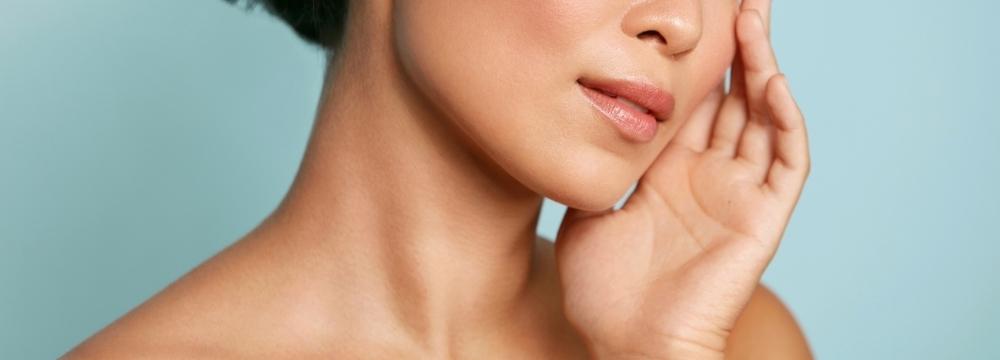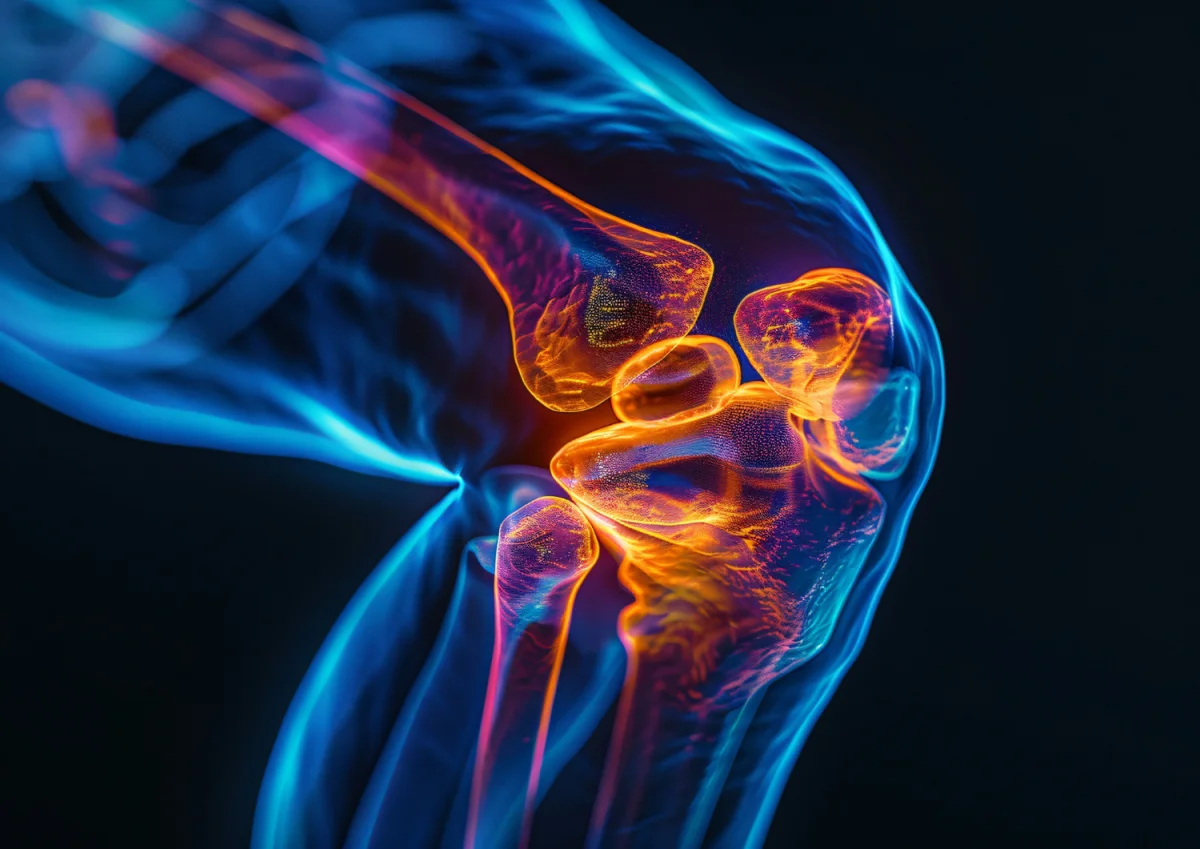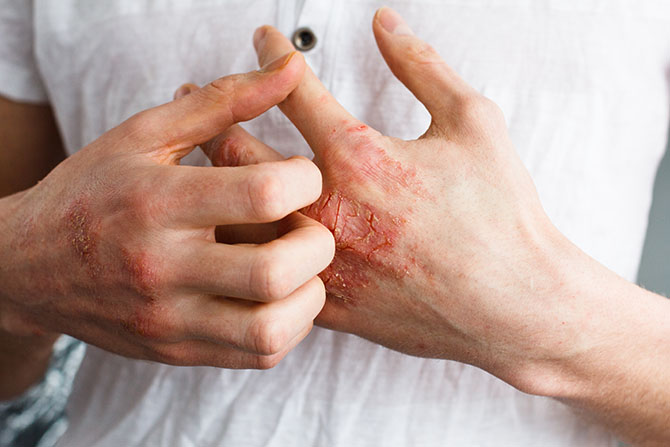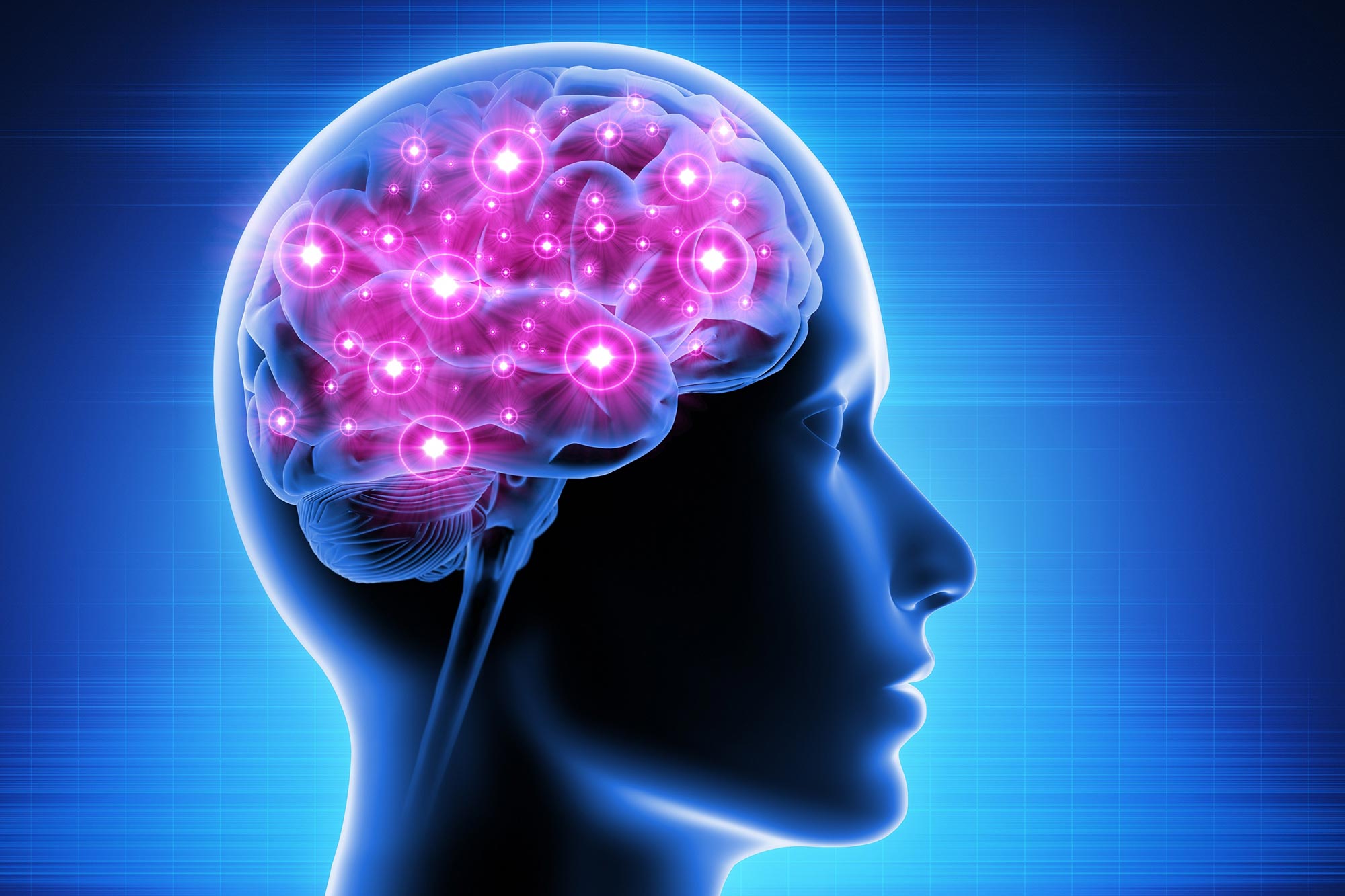
The Top 10 Benefits of Red Light Therapy Backed by Research
Red light therapy (RLT), also known as photobiomodulation (PBM), is gaining traction in Australia across clinics, gyms, and homes. It’s being used for a wide range of purposes, from skincare and recovery to sleep and mood support.
But does it actually work? While research is ongoing, studies suggest that red and near-infrared light may help support the body in several ways. Importantly, results vary, and RLT is not a cure-all or replacement for professional medical advice.
Here, we’ll unpack 10 areas where red light therapy may provide benefits, along with what the science currently says.

1. Supporting Healthier, More Youthful Skin
Skin rejuvenation is one of the most common reasons Australians try red light therapy. By stimulating the mitochondria within skin cells, RLT can support collagen and elastin production. These proteins are essential for smooth, firm, and youthful-looking skin.
Clinical studies, such as those published in the British Journal of Dermatology, report improvements in skin texture, tone, and hydration following consistent use of red light therapy. People often notice a “healthy glow” and reduced dullness over time.
In addition, RLT may help speed up healing from minor cuts, scars, and post-procedure recovery, making it popular in beauty clinics.

2. Helping to Manage Acne
For acne-prone skin, inflammation is a key trigger. Red light therapy’s anti-inflammatory action may help reduce swelling and redness associated with breakouts. Some dermatologists also use it in combination with blue light therapy to target acne-causing bacteria.
Clinical studies indicate improvements in acne severity after several weeks of regular treatment. Unlike harsh topical treatments, RLT is gentle, non-invasive, and suitable for ongoing use.
In Australia, acne treatment clinics in Melbourne and Sydney are increasingly offering red light as a supportive option alongside medical treatments.

3. Encouraging Hair Growth
Hair thinning and loss are common concerns, with genetics, stress, and lifestyle factors all playing a role. Red light therapy has been studied as a non-invasive option to stimulate dormant follicles and improve circulation in the scalp.
A 2013 clinical trial in Lasers in Surgery and Medicine found that low-level light therapy increased hair density in men with androgenetic alopecia. Women experiencing thinning hair may also benefit, though results can vary significantly.
At-home scalp caps and panels are now available in Australia, offering a convenient way to integrate light therapy into haircare routines.

4. Managing Pain and Inflammation
Perhaps one of the most studied uses of red light therapy is in pain management. Research suggests that RLT may help reduce inflammation, improve circulation, and ease discomfort in conditions such as arthritis and tendonitis.
A Cochrane review found that PBM can provide short-term pain relief for osteoarthritis patients. Many Australians living with joint conditions are exploring red light therapy as a complementary option to physiotherapy and medication.
Athletes also use RLT after training to ease muscle soreness and promote faster recovery.

5. Supporting Muscle Recovery & Performance
Performance recovery is another area where red light therapy is widely used. By increasing circulation and oxygen delivery, RLT may support faster repair of muscle fibres after workouts.
Studies published in Lasers in Medical Science found that athletes using PBM reported less muscle fatigue and faster return to performance. This makes it popular in AFL clubs, fitness centres, and recovery studios across Australia.
Consistent use before or after exercise may help reduce delayed onset muscle soreness (DOMS), allowing for more frequent and intense training sessions.

6. Supporting Better Sleep
Good quality sleep is essential for health, yet many Australians struggle with insomnia and irregular schedules. Red light therapy may help by influencing melatonin production and balancing the circadian rhythm.
A 2012 study found that athletes exposed to red light therapy reported better sleep quality and endurance. For shift workers and those with high screen exposure, this may offer a non-invasive way to support healthy sleep patterns.

7. Joint Health & Arthritis Management
With millions of Australians affected by arthritis, drug-free therapies are in high demand. Red light therapy may help reduce joint stiffness and swelling, improving mobility and comfort for some users.
Trials in knee osteoarthritis patients found significant improvements in pain and function after regular PBM sessions. The therapy is also being trialled for rheumatoid arthritis with promising early results.

8. Helping with Skin Conditions (Rosacea, Psoriasis, Eczema)
Chronic skin conditions like rosacea, psoriasis, and eczema can be difficult to manage. Red light therapy may provide soothing relief by calming inflammation and supporting natural skin repair.
-
Rosacea: may help reduce redness and flare-ups.
-
Psoriasis: some studies show reduced scaling and slowed skin cell turnover.
-
Eczema: can help soothe itchiness and dryness.

9. Body Contouring and Weight Management
Some clinics market red light therapy as a fat reduction tool. While research is limited, small studies suggest RLT may cause fat cells to temporarily shrink and reduce the appearance of cellulite.
This effect is believed to result from improved lymphatic drainage and cell metabolism. However, it is not a weight-loss treatment in itself. Best results are achieved when combined with regular exercise and a balanced diet.

10. Supporting Mental Wellbeing & Brain Health
The brain is another exciting area of red light therapy research. Some early studies suggest that near-infrared light may help with mood support, mental clarity, and even memory.
There is interest in whether PBM may benefit conditions like depression, anxiety, and cognitive decline, though this remains experimental. In Australia, some wellness clinics are beginning to explore transcranial light therapy under medical guidance.
In Conclusion
Red light therapy is a versatile, non-invasive option that research suggests may support skin health, recovery, sleep, and pain management. While results vary, its popularity in Australia continues to rise thanks to its convenience and safety profile.
Curious to try red light therapy for yourself?
Discover TheralumaX 8-wavelength devices, designed for Australians who want professional-grade results at home.
Shop Red Light Therapy Devices →
Safety & Side Effects
Red light therapy is generally safe when devices are used as directed. Side effects are rare and mild, usually limited to temporary redness or warmth in the skin.
⚠ Not recommended for people with:
-
Photosensitive conditions
-
Certain medications (that increase light sensitivity)
-
Pregnant women (without medical clearance)
Disclaimer
This article is general in nature and is not intended as medical advice. Results vary between individuals. Please consult your healthcare professional before starting any new therapy.




